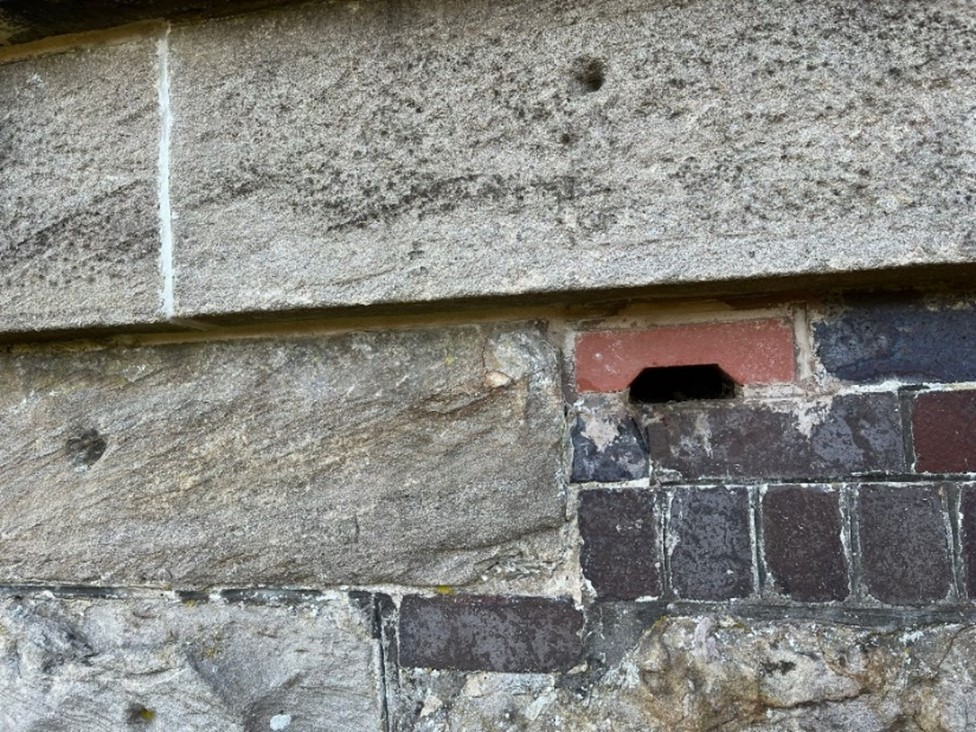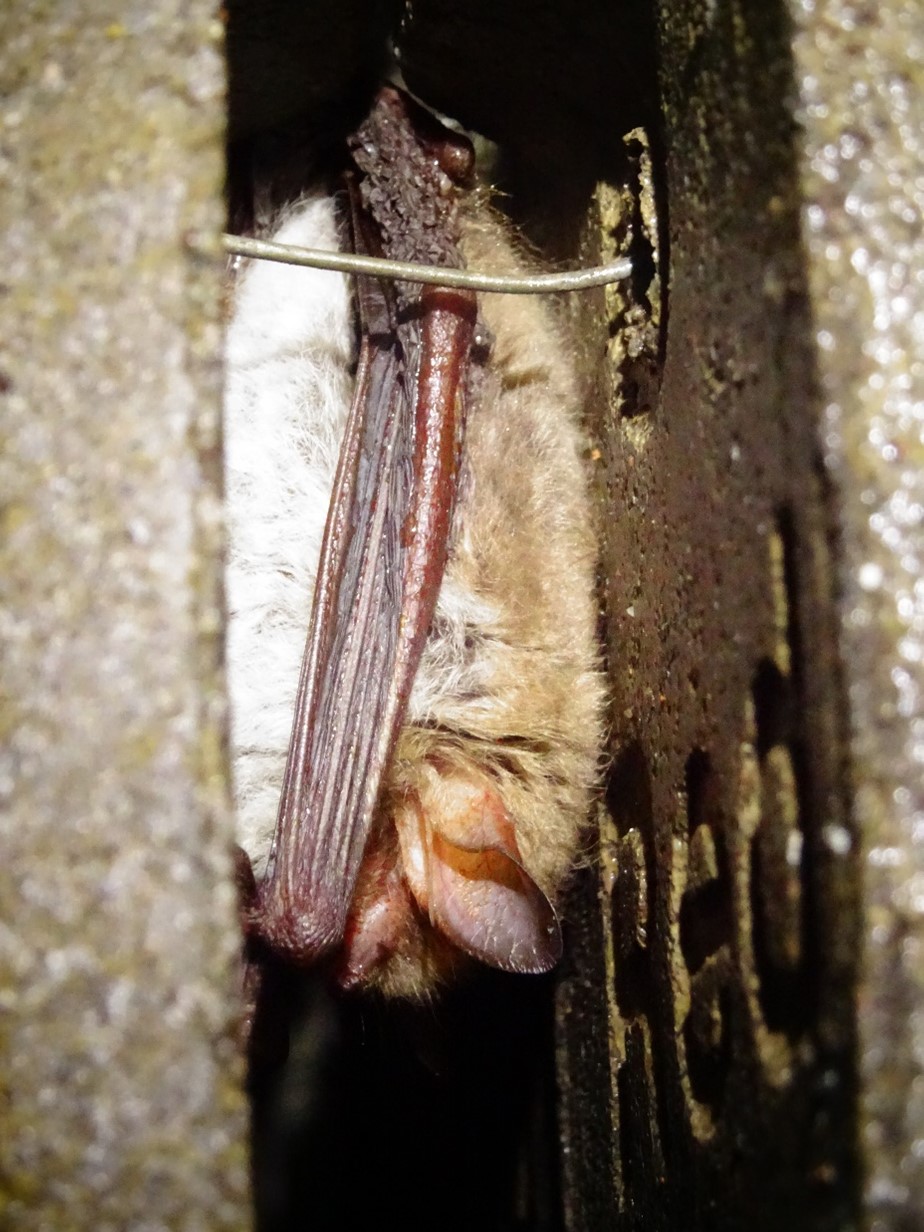Survey shows bat populations thriving on Historical Railway Estate
Published
23 May 2024
Bat populations are thriving on our Historical Railways Estate (HRE) having taken up home in 90 percent of its tunnels, according to survey data.

Share this article
Our findings, published as part of Nature Week, show that bats are also roosting in 54 percent of viaducts and 35 percent of bridges.
And with the far-reaching programme of studies still ongoing there could be even more bat activity across the HRE's 3,100 disused railway structures and assets.
Coinciding with the United Nations Biodiversity Day on Wednesday, Nature Week is highlighting the nature-focused work we and our partners do around the country.
Over 500 surveys have been carried out already since January 2023 in England, Scotland and Wales, and many more are to follow by the end of 2024.
Head of HRE Helene Rossiter said:
“Tunnels, bridges and viaducts are fantastic habitats for all kinds of nocturnal species, especially bats, and we’re delighted our structures are providing a safe haven for so many of these fascinating creatures.
“Part of our work to repair and maintain our structures includes positive improvements for wildlife and we’ve been carrying out additional ecology surveys to see where we can provide even more benefits for wildlife as well as keeping the impact of any future works to a minimum. This is on top of the surveys we do ahead of any scheduled work.
“We plan our works to avoid disturbing the roosting and breeding seasons for bats on our structures. We provide alternative roosting and foraging opportunities if we do need to displace them. We also look at where we can provide enhancements such as bat boxes and bricks.”

Bats are the only true flying mammal. There are 18 species of bats in the UK, accounting for more than a quarter of mammal species in the country and around 20 per cent of all mammal species worldwide. On average they weigh little more than 2 grams.
Nine species of roosting bats have been recorded on HRE structures to date including the rarest bat in England, the Greater Mouse Eared Bat. Despite being declared extinct in the 1990s a single bat has been recorded using one of our structures in the south east of England.
The estate also plays host to the barbastelle, another incredibly rare bat that lives in deciduous woodland. They’re 4-5cm long and have a wingspan of around 26cm. In the UK, they are protected and are listed as near threatened on the global International Union of Conservation IUCN Red List of Threatened Species.
Other roosting species recorded include the common pipistrelle, soprano pipistrelle, Daubenton’s bat, Natterer’s bat, brown long-eared bat, myotis, lesser horseshoe bat and greater horseshoe bat.

Helene added:
“To ensure the bats that use our structures are properly supported and evaluated, our contractors use specialist licenced ecologists to carry out surveys. Along with identifying the various bats, they also suggest biodiversity enhancement that ensures the HRE makes a positive contribution towards local wildlife populations, including suitable habitats adjacent to the structures.”
During the last financial year, we've installed over 100 bat boxes and bricks on the HRE and worked with a variety of bat groups and other wildlife organisations to support bats found on our structures.
Other bat mitigation or enhancement work that has taken place as part of the HRE maintenance and repair programme over the last year:
- At Leat Road Bridge in West Devon we installed a number of bat boxes and kept joints in the brickwork on the wingwalls open for bats to get inside as part of a repair scheme.
- Bat boxes, tubes and bricks were also installed on the 16-arch Westfield Viaduct in West Lothian during major renovations so bats could hibernate safely over winter. Multiple bat bricks, boxes and tubes were also built into the rest of the viaduct for bats to use once works were complete.
- The installation of bat crevice boxes, a bat cavity box and a bat access brick at the Glynogwr Sidebridge over the Ogwr Fach river at Bridgend in South Wales where we carried out waterproofing work following flooding.
- Repairs were carried out to the door of the South Wales tunnel where a large colony of lesser horseshoe bats roost. The previous door, that was in bad condition, has been replaced to stop the roost being disturbed. All work, which included removing moss, repointing, and installing tree fall protection was planned outside of the hibernation season to keep the bats safe.
We're on course to achieve our commitment of halting the decline of biodiversity and achieving no net loss in biodiversity across our activities by 2025. And, in the next five years we'll make a further move toward becoming nature positive by delivering at least a 10 per cent net gain in biodiversity on major projects and moving towards a no-net-loss position for the soft estate (the areas surrounding our roads) between 2025 and 2030.
